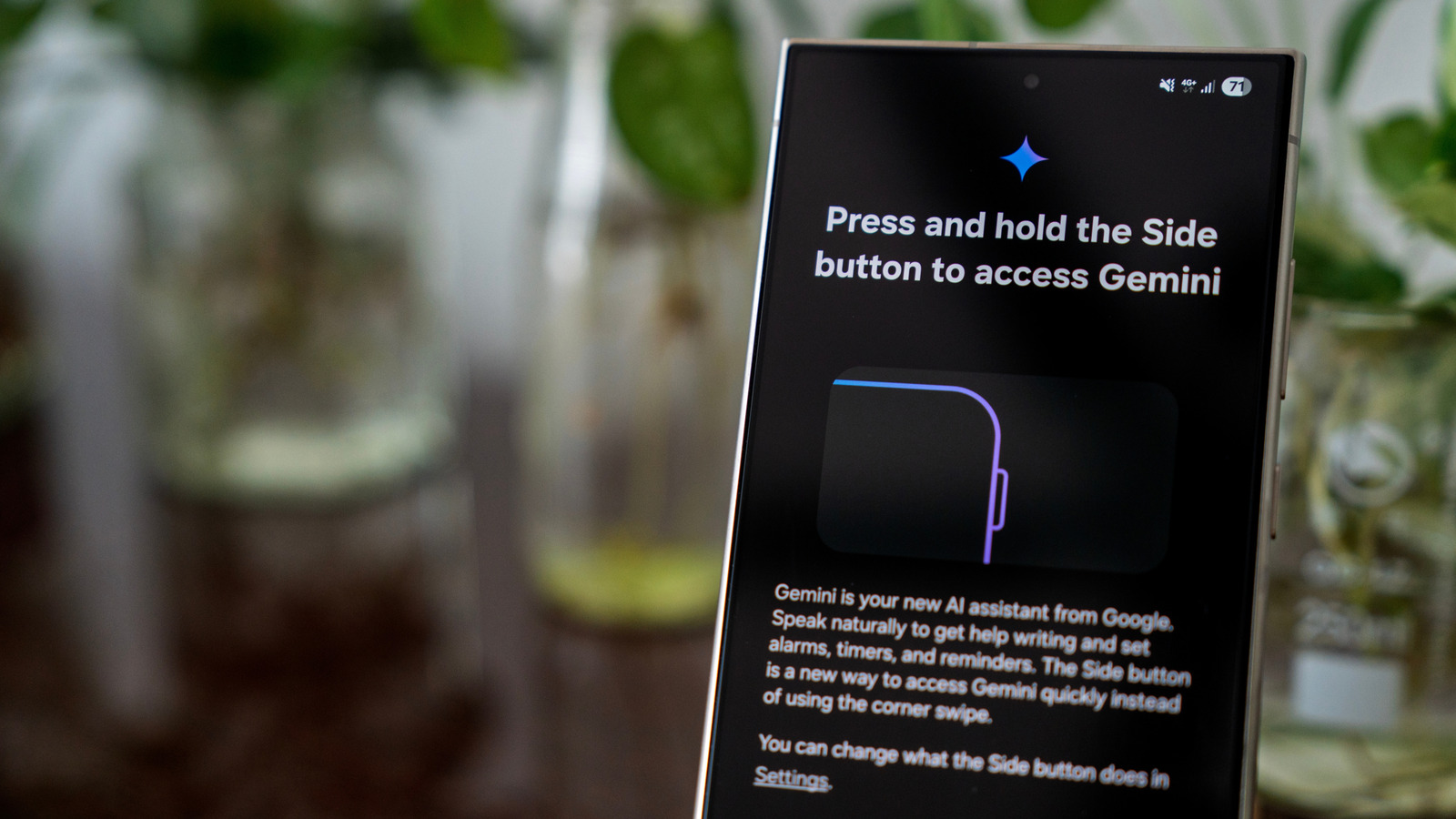When we think about BCIs (Brain Computer Interface), our thoughts irremediably turn to Neuralink. The company made its mark in 2024 by allowing a quadriplegic patient to control digital devices using thought alone, then, a few months later, a second person. If Musk’s firm garners media attention, we must not forget that it is not the company that was the first to invent BCIs, and above all she is not alone in the sector.
Other players, pursuing other objectives, also exist (Synchron or Starfish for example, and more recently OpenAI), and unfortunately live a little in the shadow of Neuralink. This is the case of Pandromics, a Texan start-up, which has just obtained an approval that very few neurotech players have received: the green light from the FDA (Food and Drug Administration) for a first human clinical trial of its Connexus brain-computer interface, a system designed to giving paralyzed people a voice. An aspiration much more complex than BCIs aimed only at minimal interaction with a computer.
Connexus: decoding speech at the source
The cortical module designed by Paradromics (see photo above) is made of platinum-iridium, a highly conductive and biocompatible alloycapable of lasting years in brain tissue without oxidizing. The 400 micro-electrodes that make up its matrix (the tips visible in the image) are implanted 1.5 mm below the surface of the motor cortex. This area is located in the frontal lobe of the brain, essential for planning, control and voluntary movements of the body, and therefore the articulation of speech.
This proximity allows it to record neural signals, before they are transformed into muscular command. These electrodes, thinner than a human hair, are designed to pick up signals emitted by individual neurons. This intracortical implantation allows the system to directly record patterns of neuronal activity in this region, before they are translated into actual muscular commands for the joint. It is, in a way, direct access to the neurons which trigger the movements of the larynx, tongue and lips.
The recorded neural signals are then routed by a thin cable implanted under the skin, to an internal transmitter placed in the rib cage, a box which serves as a buffer power supply, preliminary processor and transmitter. It communicates continuously with a second external box, placed on the skin, which powers the assembly by induction and transfers the data to the computer responsible for voice decoding.

The role of AI and the Connect-One study
This external computer is equipped with artificial intelligence and advanced language models, whose mission is to decode raw neural signals into synthesized speech. To achieve this, the system must first “ learn » the way the patient’s brain encodes speech. Patients who wear it must imagine pronouncing words and complete sentences, without producing the slightest sound.
At each attempt, a neural signature is emitted, which the AI will analyze as a pattern. She will compare them, classify them and eventually recognize which pattern corresponds to which sound. It’s personalized learning: each brain encodes speech in its own way, so the system must adapt to it.
The clinical trial, called Connect-One, is planned for the first quarter of next year and will concern two very severely paralyzed people. They will be invited to imagine speaking sentences, which will allow the computer’s AI to construct an internal dictionary of correspondences between the neural patterns and the patient’s vocal intentions.
The ultimate objective being to generate synthesized speech in real time, Paradromics has planned everything to prevent it from sounding too robotic. The AI will, if possible, use old recordings of the patient’s voice to create a custom voice clone. Besides, where does the sound come from? From the computer in charge of decoding, which will generate speech in real time from what it received from the cortical module.
With an information rate of around 200 bits/s (during preclinical trials), Paradromics claims to capture one of the fastest neural flows never recorded for an intracortical BCI system. A speed more than sufficient to produce a voice that is not too choppy or artificial. Please note, however, that these figures are only valid in a controlled environment and therefore remain theoretical; nothing proves that this flow is the same once the implant is installed. Only the Connect-One trial will confirm this performance, and FDA approval does not guarantee nothing other than a right to experiment. If Connect-One is a success, Paradromics will be the first company to decode a voice at the neural level: an incredible achievement in the BCI sector !
🟣 To not miss any news on the WorldOfSoftware, subscribe on Google News and on our WhatsApp. And if you love us, .











